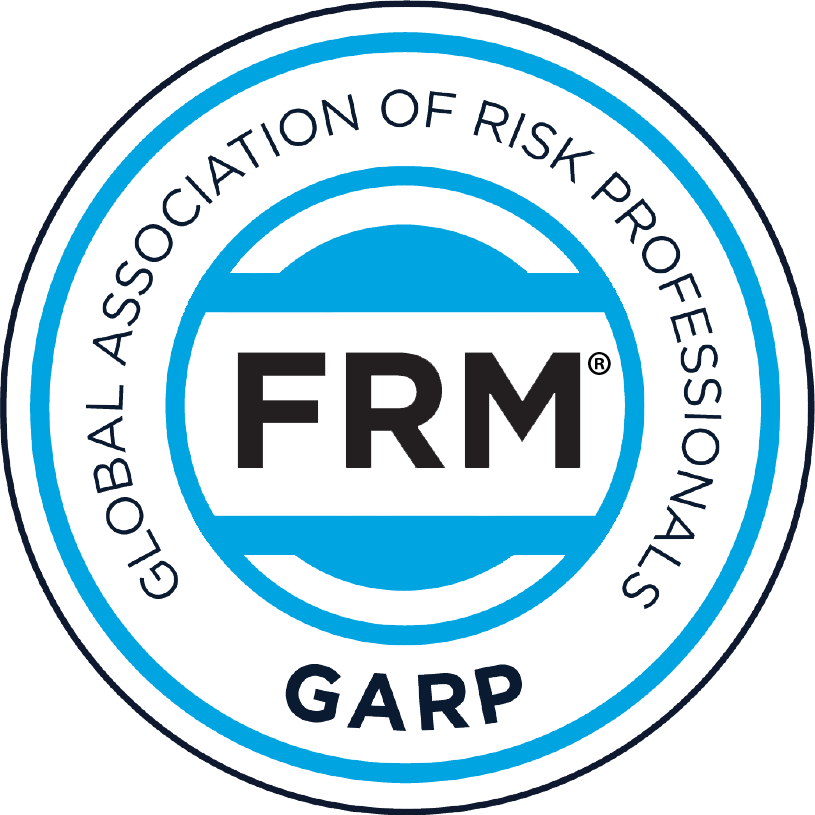Bank Supervision / Regulatory Requirements
I support my customers in their fulfillment of the increasingly complex regulatory requirements such as posed by the German Central Bank (Bundesbank), the Federal Financial Supervisory Authority (Bundesanstalt für Finanzdienstleistungsaufsicht - BaFin), the European Banking Authority (EBA) or the European Central Bank (ECB). One of my current projects is dealing with the implementation of the Basel III regulation which requires ratios such as the Liquidity Coverage Ratio (LCR) and the Net Stable Funding Ratio (NSFR). For my customers, I have also my eye on the more detailed requirements made by the European Union in the Capital Requirements Directive (CRD IV) and the Capital Requirements Regulation (CRR), and also on national provisions, for example as stipulated in the Credit Services Act (Kreditwesengesetz - KWG), in the Regulation Governing Large Exposures and Million Loans Reporting (Groß- und Millionenkreditverordnung - GroMiKV) or the Solvency Regulation (Solvabilitätsverordnung - SolvV). With respect to this, my experience with implementing of the 6th amendment of the Credit Services Act (Kreditwesengesetz - KWG) and of Basel II is a big help.
Regarding Basel IV and CRR II, I take care of:
- Total Loss Absorbing Capacity (TLAC) and the corresponding Minimum Requirements for own funds and Eligible Liabilities (MREL) of EU
- The standardised approach for measuring counterparty credit risk exposures (SA-CCR)
- The Fundamental Review of the Trading Book (FRTB)
- Interest Rate Risk in the Banking Book (IRRBB)
- New large exposures regulation
- Reduced capital requirements for exposures to small and medium-sized enterprises (SME) according to Article 501 CRR II
Reporting and Reporting IT
Without viable IT solutions, the reporting requirements for banks and other financial service providers cannot be met any more. I consult and support my clients regarding the professional conception, introduction and implementation of a standard software such as ABACUS/DaVinci or individual IT systems for reporting. Among others, I help my clients meet the requirements of Common Reporting (COREP) and Financial Reporting (FINREP), change Solvency Regulation (SolvV) reporting to comply with International Financial Reporting Standards (IFRS) and organize the monthly balance sheet statistics (BISTA). Concerning this, I can resort to 20 years of experience in professional services and my active role in the development of the standard software ABACUS.
My further services in regulatory reporting include:
- The AnaCredit Tool: lightning-fast report creation
- The AnaCredit History Reader: Establishing Data Transparency
- The One Million Euro Loan Tool: report fast and efficiently
- Asset Encumbrance
- COREP/FINREP supervisory reports regression testing
- XBRL reporting format for COREP and FINREP
- ABACUS 360 regulatory reporting software
- Leverage Ratio calculation and reporting
- FinaRisikoV reports
- Participations reporting (Anzeigenverordnung, AnzV)
- New disclosure and reporting oligations according to CRR II
- Calculation of in- and outflows on non-performing loans for FINREP reporting
Risk Management and Risk-IT
The regulatory law stipulates – at times in every detail – how financial service providers have to organize their risk management. I support my clients in implementing the requirements of these regulatory provisions, such as the Federal Financial Supervisory Authority’s (BaFin) “minimum requirements for risk management” (Mindestanforderungen an das Risikomanagement - MaRisk) into their own risk management structures – from the analysis of the provisions to the IT technical implementation and the integration into the IT landscape of the institute. This way, I help them for example to comply with the regulatory requirements concerning risk control processes, risk models and stress tests.
Business Rules
The success of IT projects always depends on the quality of the communication between the specialist field formulating requirements and the IT specialists developing the relevant software solutions. The system of “Business Rules”, still largely unknown in Germany, helps improve communications by means of clearly defined standards.
Since the beginning of my career as a consultant, the “Business Rules“ concept has inspired me. Therefore, I am involved in the international Business Rules Community and I try to promote this approach in Germany. As early as 2009 I described in my book „Fachlogik umsetzen: Business Rules zwischen Konzept und IT-System“ (Implementing Functional Logic: Business Rules between Concept and IT System”) that agility, quality and efficiency can be increased in IT-projects by embracing the idea of seamless coordination.


